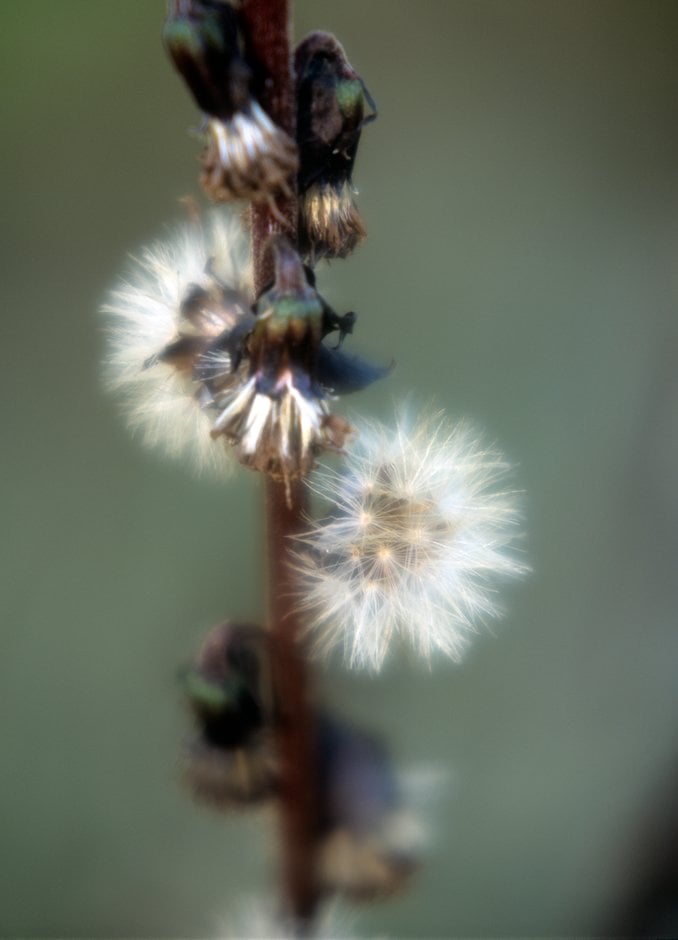Ligularia stenocephala
narrow-headed leopard plant
A deciduous, clump-forming perennial to 1.2m, with jaggedly toothed, triangular leaves to 20cm long, and slender spires of small yellow flowers borne on dark purple stems in mid and late summer
Size
Ultimate height
1–1.5 metresTime to ultimate height
2–5 yearsUltimate spread
0.1–0.5 metresGrowing conditions
Moisture
Moist but well–drainedpH
Acid, Alkaline, NeutralColour & scent
| Stem | Flower | Foliage | Fruit | |
| Spring | ||||
|---|---|---|---|---|
| Summer | Yellow | Green | ||
| Autumn | ||||
| Winter |
Position
- Partial shade
Aspect
North–facing or West–facing or East–facing
Exposure
Exposed or Sheltered Hardiness
H6Botanical details
- Family
- Asteraceae
- Native to GB / Ireland
- No
- Foliage
- Deciduous
- Habit
- Bushy
- Genus
Ligularia are robust herbaceous perennials, with large, often attractively lobed leaves and yellow or orange, daisy-like flower-heads in terminal racemes or branching clusters
- Name status
Correct
- Plant range
- China Taiwan Japan
How to grow
Cultivation
Grow in rich, moist soil in part-shade; a more open position is tolerated if the soil is reliably moist
Propagation
Propagate by seed in containers outdoors in autumn or spring or divide in spring after flowering
Suggested planting locations and garden types
- Cottage and informal garden
- Wildlife gardens
- Flower borders and beds
Pruning
Cut down old flower stems after flowering is finished
Pests
Diseases
Generally disease-free
Get involved
The Royal Horticultural Society is the UK’s leading gardening charity. We aim to enrich everyone’s life through plants, and make the UK a greener and more beautiful place.

